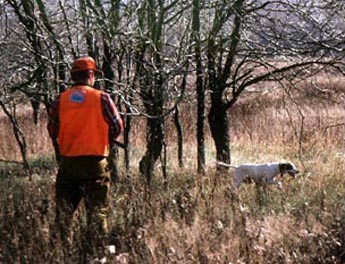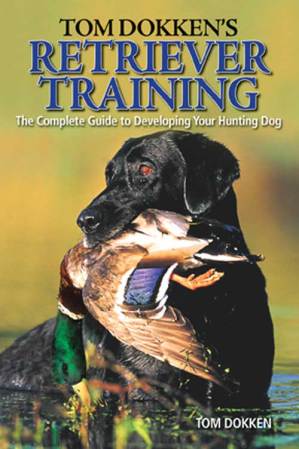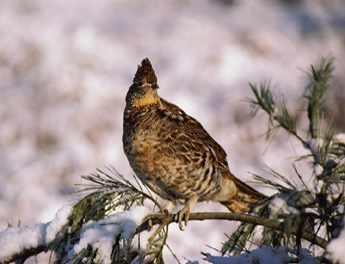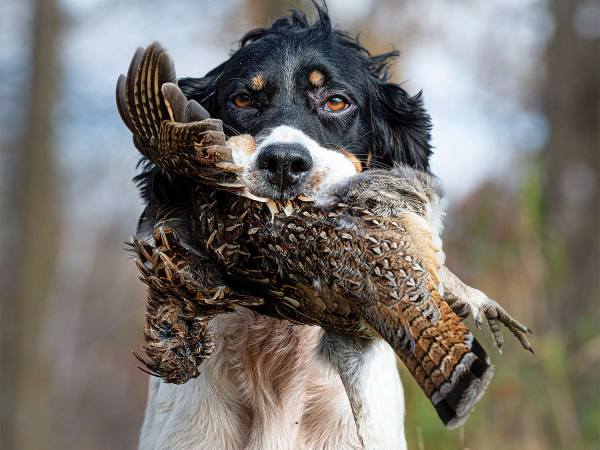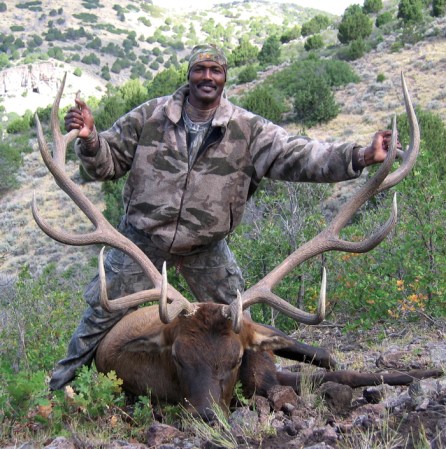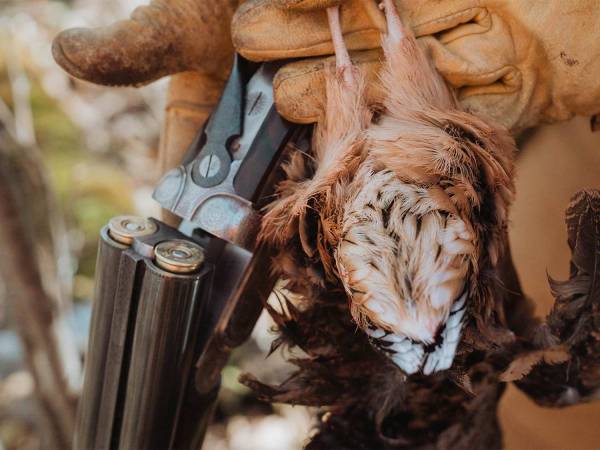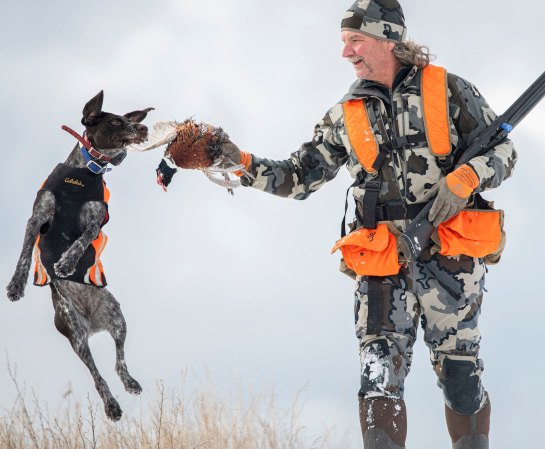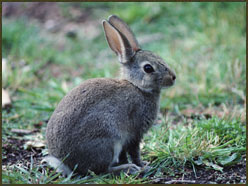When I flip through the pages of my hunting log in late winter, it’s not the early-season birds that jog my most vivid memories. It’s those late-season survivors I really admire-birds that attract points, then run away; birds that perch 10 feet up in a tree and waft enticing scent to frustrated dogs below; grouse that revel in swirling winds, evade the detection of the dogs and explode with so much motion and noise from underfoot they unnerve even the most veteran of hunters.
On the last two days of December of last year’s Vermont grouse season, I found myself near several of my favorite coverts. Two snowfalls earlier in the month had rotted down to a few inches of granular slush, and my dog and I were working the softwoods adjacent to the coverts. A gentle breeze swirled the damp fog rising from the snow. Good scenting weather, I reasoned.
The first two birds we found flushed wild, a good 20 yards in front of the dog and 50 yards beyond me. I called in the dog and made him work closer. The next bird towered up behind an old white pine and I never could get a bead on him. Late in the morning, a fourth bird sat tight under the boughs of a fir tree on the edge of an old pasture. My dog pointed him perfectly, and I was sure my approach from the woods toward the open ground would give me a clear, if brief, look at the bird. It was brief indeed, as the grouse flushed right over the dog and straight at my head. I ducked, wheeled and shot 8 feet behind him.
The second day was similar, and with only an hour of daylight left in the season, it was birds seven, us none. As if rewarding us for our persistence, however, the last bird of the season held for point, flushed straight away and dropped at the first bark of my 20-gauge. As I rewarded the dog, it occurred to me that that last suicidal grouse must have been hired by the state to ensure I’d return next year. And I will.
